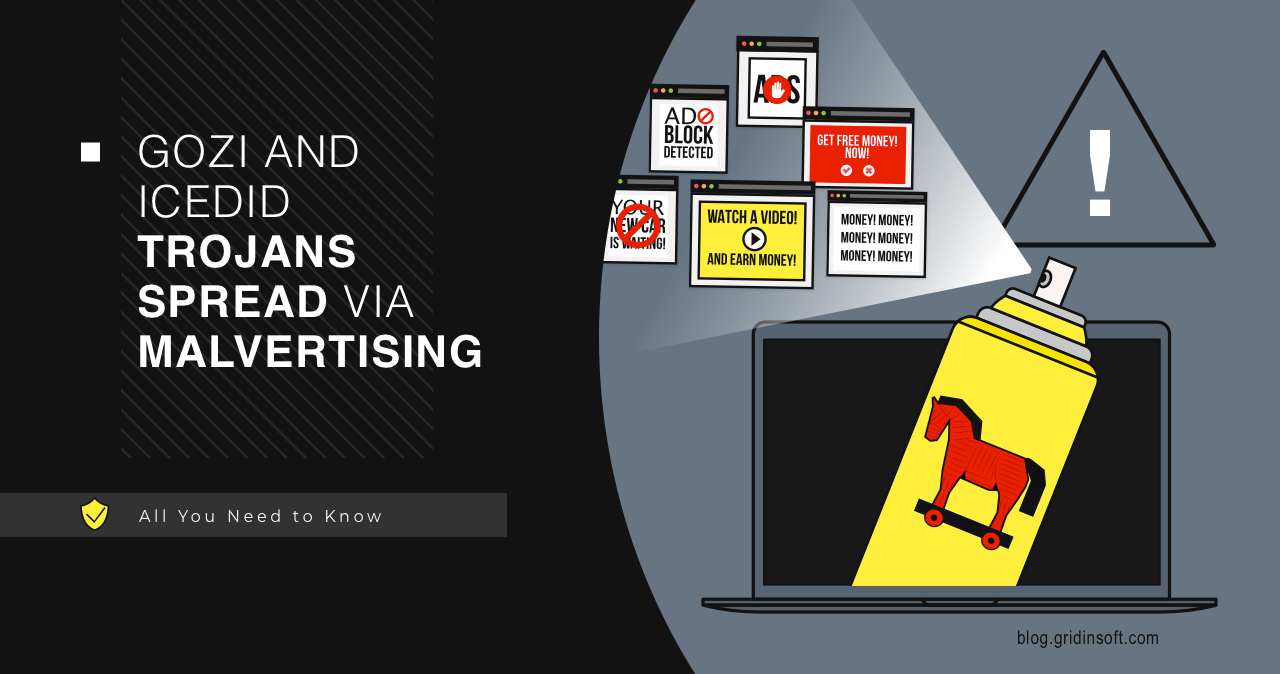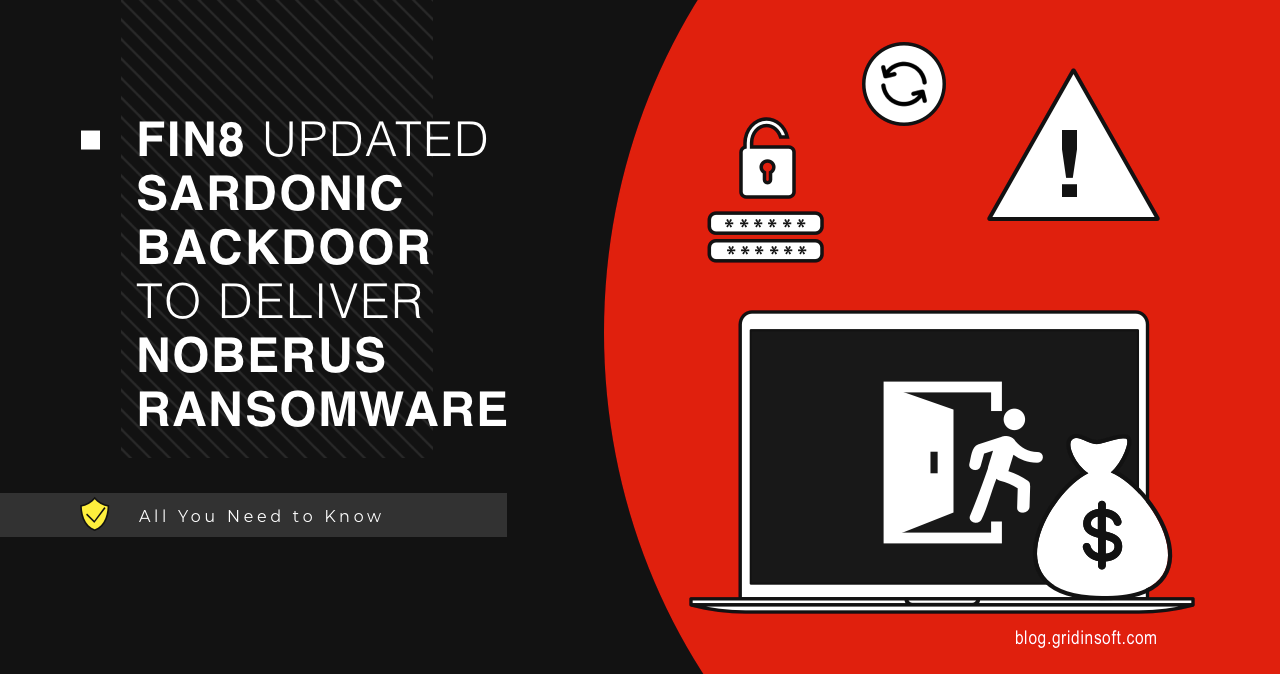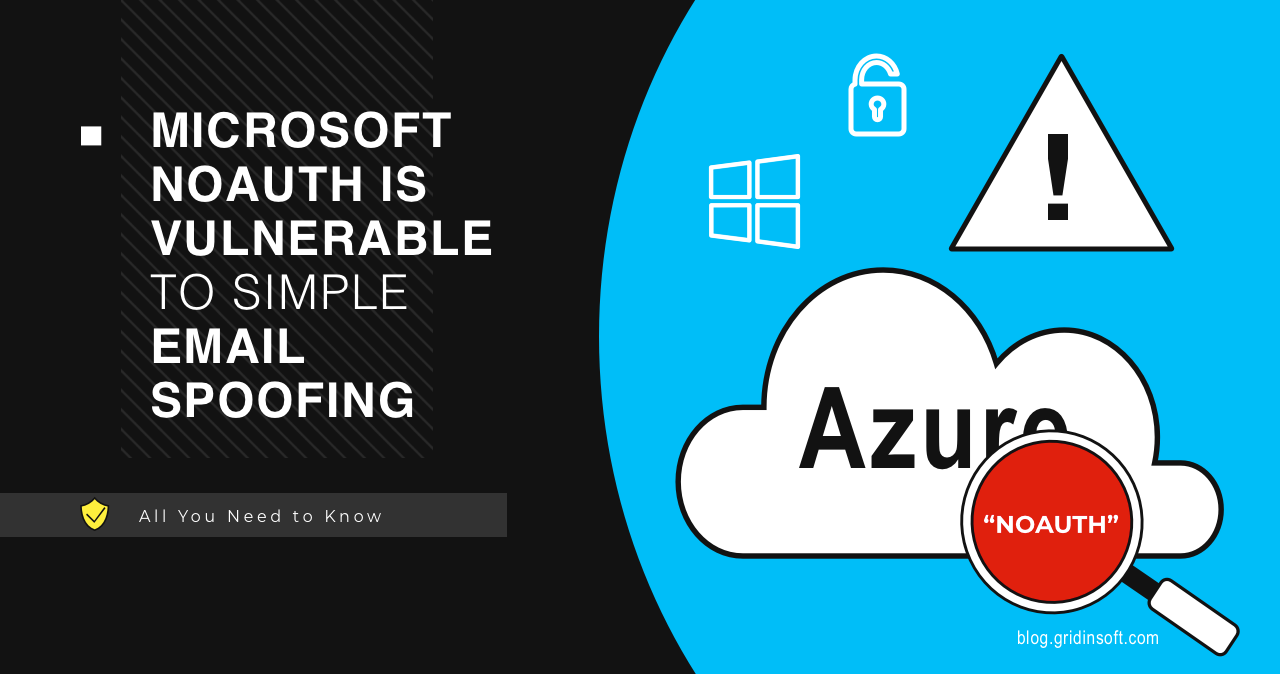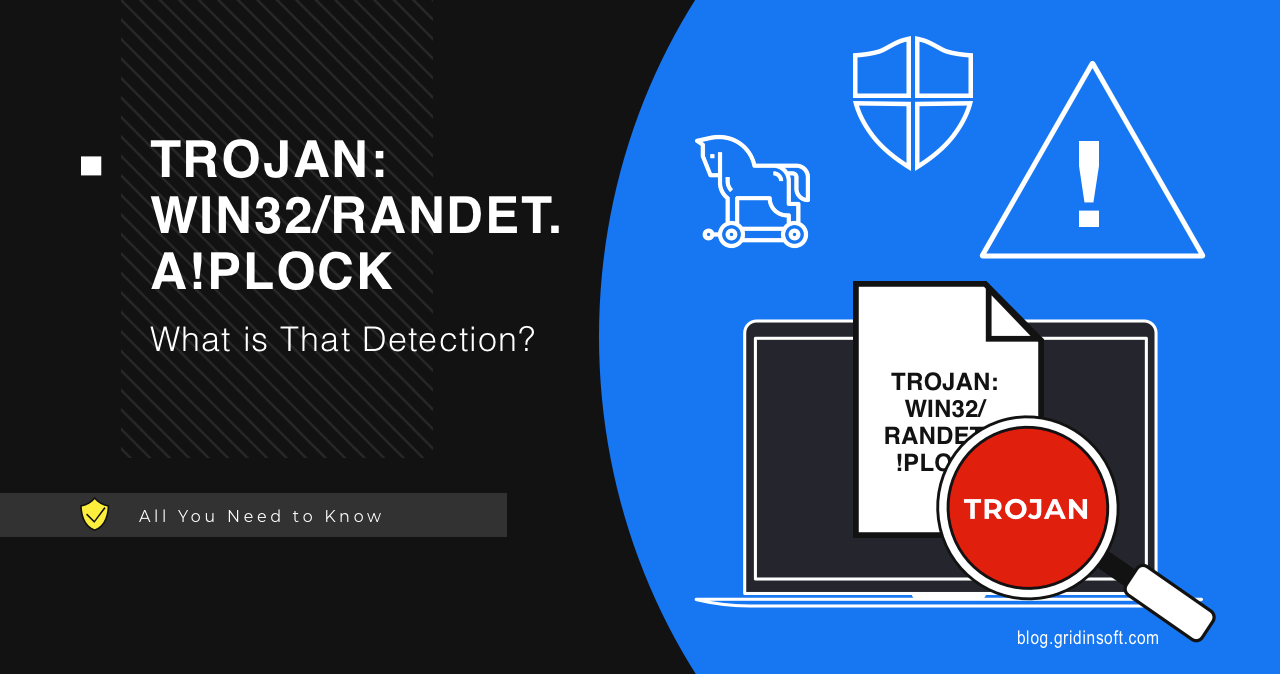Malvertising on Google Search is an unpleasant occurrence where malicious ads appear in search engine results. These ads are meant to help users find relevant information. But unfortunately, some cybercriminals use paid advertisements to entice users to visit harmful websites and deceive them into downloading malicious software. How does malvertising work? Malvertising is an attack… Continue reading Gozi and IcedID Trojans Spread via Malvertising
Author: Stephanie Adlam
I write about how to make your Internet browsing comfortable and safe. The modern digital world is worth being a part of, and I want to show you how to do it properly.
Fake Ads on Facebook Promote Scam AI Services
Facebook has been hit by a wave of fake ads that offer what looks like AI services. In fact, those are scam pages that trick people into installing malware. AI Scam in Facebook Ads The use of social media for cybercrime, in general, is nothing new. However, to maintain effectiveness, sometimes fraudsters have to adjust… Continue reading Fake Ads on Facebook Promote Scam AI Services
FIN8 Updated Sardonic Backdoor to Deliver Noberus Ransomware
FIN8, an infamous group of cybercriminals, has updated its backdoor malware to avoid being detected. They made improvements and prepared to release a new type of crimeware called Noberus. This threat actor has returned after inactivity, using a modified version of their Sardonic backdoor to distribute the Noberus ransomware. This is a part of their… Continue reading FIN8 Updated Sardonic Backdoor to Deliver Noberus Ransomware
Citrix and Adobe Vulnerabilities Under Active Exploitation
Citrix was able to patch a zero-day vulnerability, while Adobe warns of attacks using ColdFusion Zero-Day and releases an urgent update that nearly fixes the issue. Nonetheless, the story is still not over, as these vulnerabilities are still exploited. Citrix and Adobe Patch 0-day Vulnerabilities Simultaneously, products of two companies were hit with critical vulnerabilities… Continue reading Citrix and Adobe Vulnerabilities Under Active Exploitation
Trojanized TeamViewer Installer Spreads njRAT
Threat actors reportedly started using fake TeamViewer to distribute malware. Their particular favourite for the final payload is the infamous njRAT trojan – an old-timer of the scene. Through the tricky spreading scheme, hackers run a multi-stage attack. njRAT Hides in Trojanized TeamViewer App For some reason, people show high levels of trust towards downloading… Continue reading Trojanized TeamViewer Installer Spreads njRAT
Meduza Stealer: What Is It & How Does It Work?
The Malware world evolves constantly, and it would be reckless to ignore newcomers and their potential. Meduza Stealer appears to be a pretty potent stealer variant with its unique features and marketing model. Additionally, this malware may be considered a firstling of a new malware generation – one which breaks old geolocation filtering rules. What… Continue reading Meduza Stealer: What Is It & How Does It Work?
US Military Emails Leaked Massively Due to the Typo
Email letters sent to the US military addresses ended up on similarly-named Mali emails because of the domain name typo. All this started as a mistake, but may transform into a typosquatting attempt for government-grade spying. Typos In Email Addresses Cause US Military Info Leak Well, the fact is here – the US military has… Continue reading US Military Emails Leaked Massively Due to the Typo
Microsoft “nOAuth” is Vulnerable to Simple Email Spoofing
In June, researchers revealed a vulnerability in Azure Active Directory and third-party apps called “nOAuth,” that could result in a complete account takeover. This is just one of the many vulnerabilities in Microsoft software and systems like Active Directory that can be exploited, putting organizations at risk. Although Microsoft has responded to the vulnerability, developers… Continue reading Microsoft “nOAuth” is Vulnerable to Simple Email Spoofing
American Airlines Hacked by Cl0P Gang, MOVEit Involved
American Airlines, the major airline company in the US, appears to be yet another victim of MOVEit vulnerability. Specifically, Cl0p ransomware gang hackers claim the successful attack upon the co. The post on their Darknet leak site does not disclose much, but the company is most likely already in the negotiations with hackers. What is… Continue reading American Airlines Hacked by Cl0P Gang, MOVEit Involved
Trojan:Win32/Randet.A!plock – What is That Detection?
Windows Defender’s mass detections of Trojan:Win32/Randet.A!plock worries people. Are the user files complained about by Defender malicious? Trojan:Win32/Randet.A!plock Microsoft Defender Detection Recently, users have been actively discussing on thematic forums on the network about Windows Defender triggering on files that, according to the Defender, are Trojan:Win32/Randet.A!plock. According to users, the detected file may be a… Continue reading Trojan:Win32/Randet.A!plock – What is That Detection?










